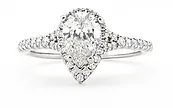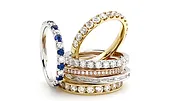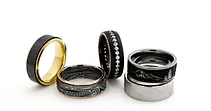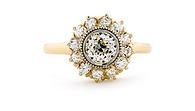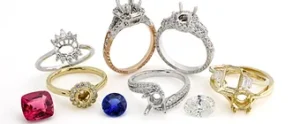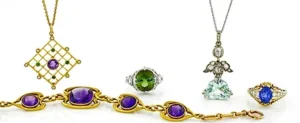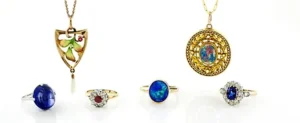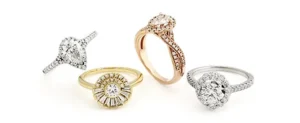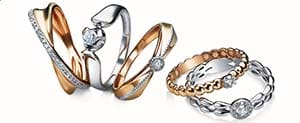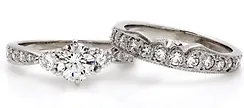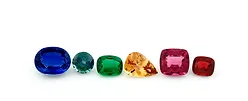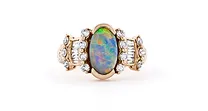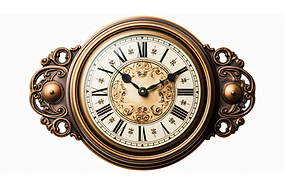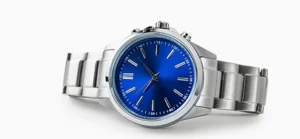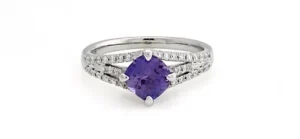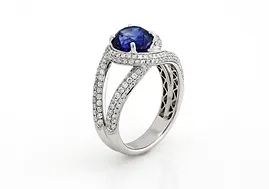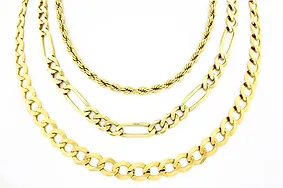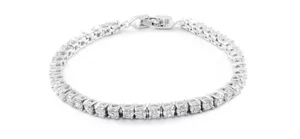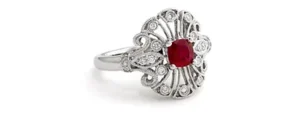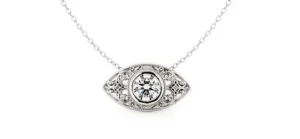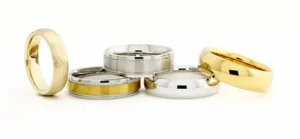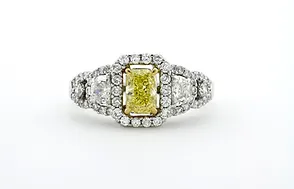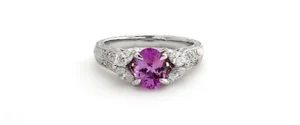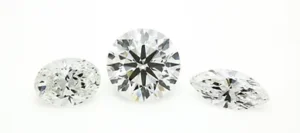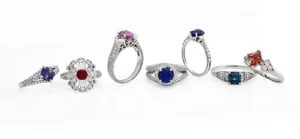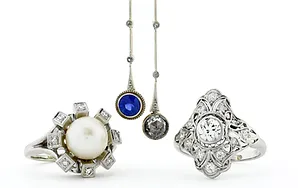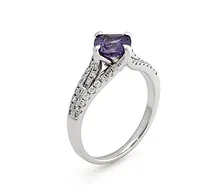Diamond Quality and Grades Chart Explained
Modern diamond shopping is far more complex than it once was. Today, evaluating a diamond involves understanding the Diamond Quality Chart, carat weight, the renowned 4Cs, and various other considerations. Additionally, shoppers must decide whether to purchase online for potentially lower prices or visit a physical showroom to receive face-to-face assistance from knowledgeable staff.
If you’re curious where to buy ethically sourced, high-quality diamond engagement rings with personalized guidance in the Seattle-Tacoma and Puget Sound area, Federal Way Custom Jewelers recommends that clients first do a bit of personal research. Although numerous websites—such as the Gemological Institute of America—offer formal education on the 4Cs (color, clarity, cut, and carat weight), these details don’t always paint the full picture. Instead of overwhelming buyers with endless facts, we’ve curated expert opinions and practical tips on how to smartly purchase a diamond.
Choose a Diamond That Resonates with You
Above all else, select a diamond that genuinely appeals to you. While it’s easy to get entangled in details like GIA reports and technical grades, remember that even flawless diamonds can sometimes lack beauty. Personal preference should guide you, ensuring the diamond you pick truly “speaks” to you. Price and grading matter, but never underestimate the value of personal connection and visual appeal.

The 4Cs of Diamonds
Cut
The cut of a diamond is often more crucial than color or clarity. A top-tier cut can mask minor flaws, enhance apparent whiteness, and amplify sparkle. Although diamonds graded as “excellent” by the GIA feature outstanding angles and proportions for superior light reflection, some “good” cuts can still shine beautifully. This is why seeing the stone firsthand is essential—personal taste can outweigh textbook specifications.
Diamond Shapes and the Importance of Assessment
Round brilliant diamonds adhere to strict standards that maximize their capacity to reflect light. For other shapes (often called “fancy shapes”), the GIA only grades polish and symmetry, not giving an overall cut grade due to the lack of universal benchmarks. An off-kilter marquise or oval diamond may exhibit a “bow-tie” effect, detracting from its brilliance, while a deeply cut princess diamond may deliver less sparkle and force you to pay for weight you cannot visually appreciate. Always examine these unique shapes in person to ensure they meet your expectations.
Color
For many, a diamond’s color ranks as the second most significant factor. Most clients prefer stones in the near colorless (G, H, I) range, where the diamond appears white to the naked eye. Diamonds at the top (D, E, F) are indeed rare and colorless, but the difference in hue may be minimal compared to a well-cut G stone. Consider that lightly tinted diamonds (J, K, L) can offer tremendous value, particularly when accompanied by faint or medium blue fluorescence, which can enhance perceived whiteness.
Clarity
Clarity’s importance diminishes once imperfections become undetectable to the naked eye. SI1 and SI2 clarity stones are popular because their minor inclusions require magnification to see, leaving brilliance intact. Although not all SI diamonds are equal—some flaws are more strategically placed than others—these grades provide excellent value. Higher clarity categories (VS1, VS2) appeal to those who prefer fewer internal characteristics, while VVS or flawless stones are generally reserved for those who prioritize investment-level quality or rarity.
Occasionally, an I1 diamond can be “eye-clean,” with minor issues that do not affect its sparkle. Such stones can offer exceptional value. However, we advise caution with I2 and I3 grades, as their inclusions can weaken brilliance and durability.
Carat Weight
Carat weight is the least critical indicator of quality. A well-cut diamond, regardless of size, can radiate beauty. For many, carat weight is simply a matter of personal preference. Whether it’s a half-carat stone that’s elegantly petite or a larger one-carat piece that commands attention, personal taste and budget ultimately guide your decision. With flexible strategies—such as opting for certain shapes or color and clarity combinations—you can maximize size without compromising on overall beauty.
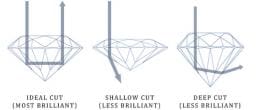
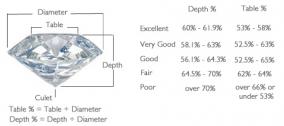
The 5th “C”: Crystal
Beyond the standard 4Cs lies the “crystal” quality of a diamond. Even similarly graded diamonds can differ in internal crispness and vitality. This subtle distinction underscores the importance of examining diamonds in person and under various lighting conditions. Federal Way Custom Jewelers never purchases stones sight unseen for this very reason. Viewing a diamond in our store, outdoors, and under a microscope ensures that you’ll know exactly how the gem will appear in everyday life. This approach is vital, especially if you’re wondering where to buy ethically sourced, high-quality diamond engagement rings with personalized guidance in the Seattle-Tacoma and Puget Sound area.

About Federal Way Custom Jewelers
Federal Way Custom Jewelers has been a trusted name in the Seattle-Tacoma Metro and Puget Sound region for over 70 years. Our showroom showcases unique, locally crafted pieces and radiant loose stones. With a staff boasting unparalleled expertise, we’re here to help you find the perfect diamond. Visit our store or simply send us an email—one of our knowledgeable managers will be happy to contact you promptly.
Frequently Asked Questions
Which quality of diamond is best?
“Best” quality can be subjective, but typically, a diamond with a combination of high color grade (D–F), high clarity (Flawless–VVS), excellent cut, and ideal proportions is considered top-tier. However, the “best” choice also depends on personal preference, budget, and the overall appearance you value most. Sometimes a slightly lower grade in one category still yields a beautiful, more cost-effective stone.
Which diamond is best, GH or IJ?
G–H diamonds are in the “near colorless” range and appear very white to the naked eye. I–J diamonds have a faint tint that might be slightly noticeable, especially in larger stones or certain metal settings. Generally, G–H diamonds are considered “better” if you want a cleaner white appearance, but I–J can still look stunning when well-cut and may offer better value.
What is the best to worst diamond clarity?
Diamond clarity is graded on a scale from best to worst, generally as follows:
- FL (Flawless)
- IF (Internally Flawless)
- VVS1, VVS2 (Very, Very Slightly Included)
- VS1, VS2 (Very Slightly Included)
- SI1, SI2 (Slightly Included)
- I1, I2, I3 (Included)
The higher grades have fewer internal and external imperfections, though many inclusions at the SI level and below are still not visible to the naked eye.
What are the grades of diamonds?
Diamonds are typically evaluated based on the “4Cs”:
- Color: Graded from D (colorless) to Z (light yellow or brown).
- Clarity: Ranges from Flawless (FL) to Included (I3).
- Cut: Assessed on a scale from Excellent to Poor, reflecting how well the diamond’s facets interact with light.
- Carat: A measure of the diamond’s weight (and indirectly, its size).
Understanding these grading systems helps you balance quality, appearance, and budget when selecting a diamond.

